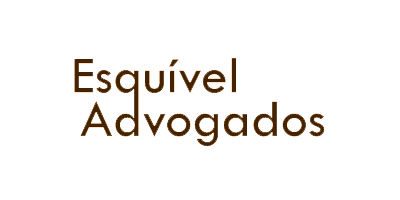If you think you don’t quite know what website localization is, you’re wrong. You do know the difference between a localized website and one that isn’t localized – you just don’t know that you know it.
Sceptical? Let’s test you.
Tell us – what is website localization?
Say you want to buy sports gear. Your Google Shopping search leads you to two websites of foreign brands that seem to offer interesting products.
1) This website is in your language. The homepage banner offers a special discount to celebrate a national holiday coming up next week. The highlighted products are appropriate to the sports that are currently in season. When you click on a product, you see the price in your currency. When you buy, you can choose between a few payment methods that you are used to.
2) This website is also in your language. The homepage banner makes no reference to the upcoming national holiday. The highlighted products are appropriate to sports in season in the other hemisphere. When you click on a product, you see the price in a foreign currency. When you buy, you have just one of the payment methods which every online store in your country is using.
So, both websites have been translated into your language, but you tell us – which website is localized to your country?
We told you you knew it.
Website localization tips
Now you’re going global with your e-commerce, and you want your website to be as appealing and user-friendly as possible for your foreign prospects and clients.
Here are a few basic tips to help you get started.
1. Plan for localization from the start
It’s much easier to adapt your website to a foreign audience later if you started on the right foot. For instance, take care that your visual design allows for longer or shorter words (word length can vary a lot from one language to the other). Also, make sure the formatting of dates, hours, currency, and other variable elements is flexible, so that later it can be easily changed to adapt to each country and language.
2. Work with a trustworthy translation company
If you hire different freelancers every time you need to update your website or add new pages and products, there’s a high risk you will end up with inconsistent phrasing and terminology. This can confuse your prospect and damage your image.
Also, when localizing your website, you will need more than a few individuals. You will need a team of professionals with the right specialized translation software – website designers, native translators and localizers, and reviewers. And communication problems, misunderstandings and delays are much more likely to happen amongst people who are not used to working together.
On the other hand, always working with the same provider of localization and translation services ensures consistency across your website and minimizes transaction costs.
Just make sure you find a translation company who – like us at Upwords! – has a proven record of high-quality website localization.
3. Localize as much as possible
Colours, the ethnicity and clothing of models in photos, the direction of slideshows, references to places, seasons, and holidays – all these are among the elements that can be adapted to suit your target audience. Make sure you localize as many elements of your website as possible, so as to create a truly familiar and comfortable ambience for your clients.
4. Test your foreign website before going live
Submit your pages to a test audience from your target market, and learn from their reactions. When it comes to key pages, you can even create two different versions of each, and compare the effect they have on your test audience.
This way you can be sure that when your website goes live, you will be speaking to your foreign prospects right where they stand.




























